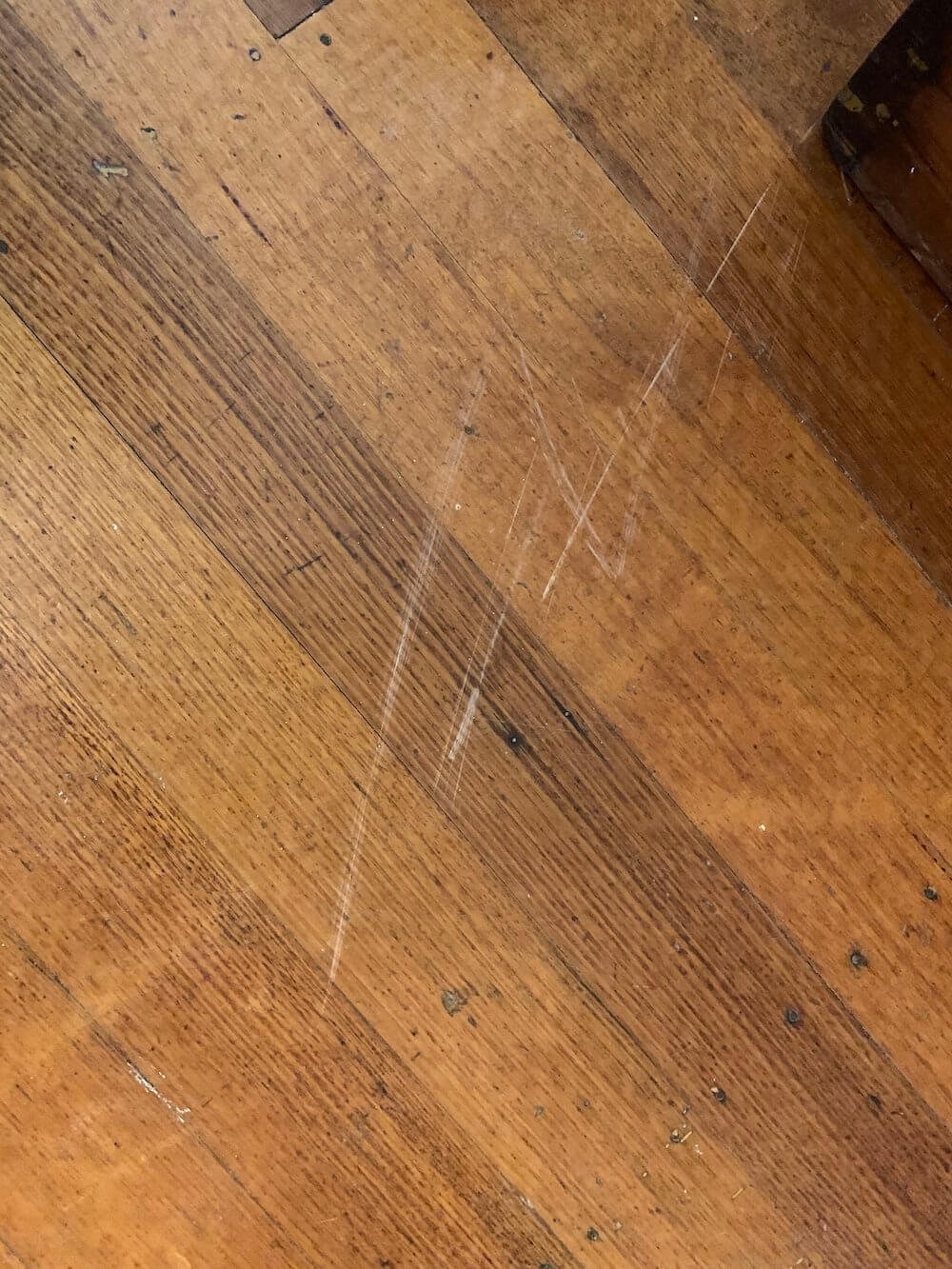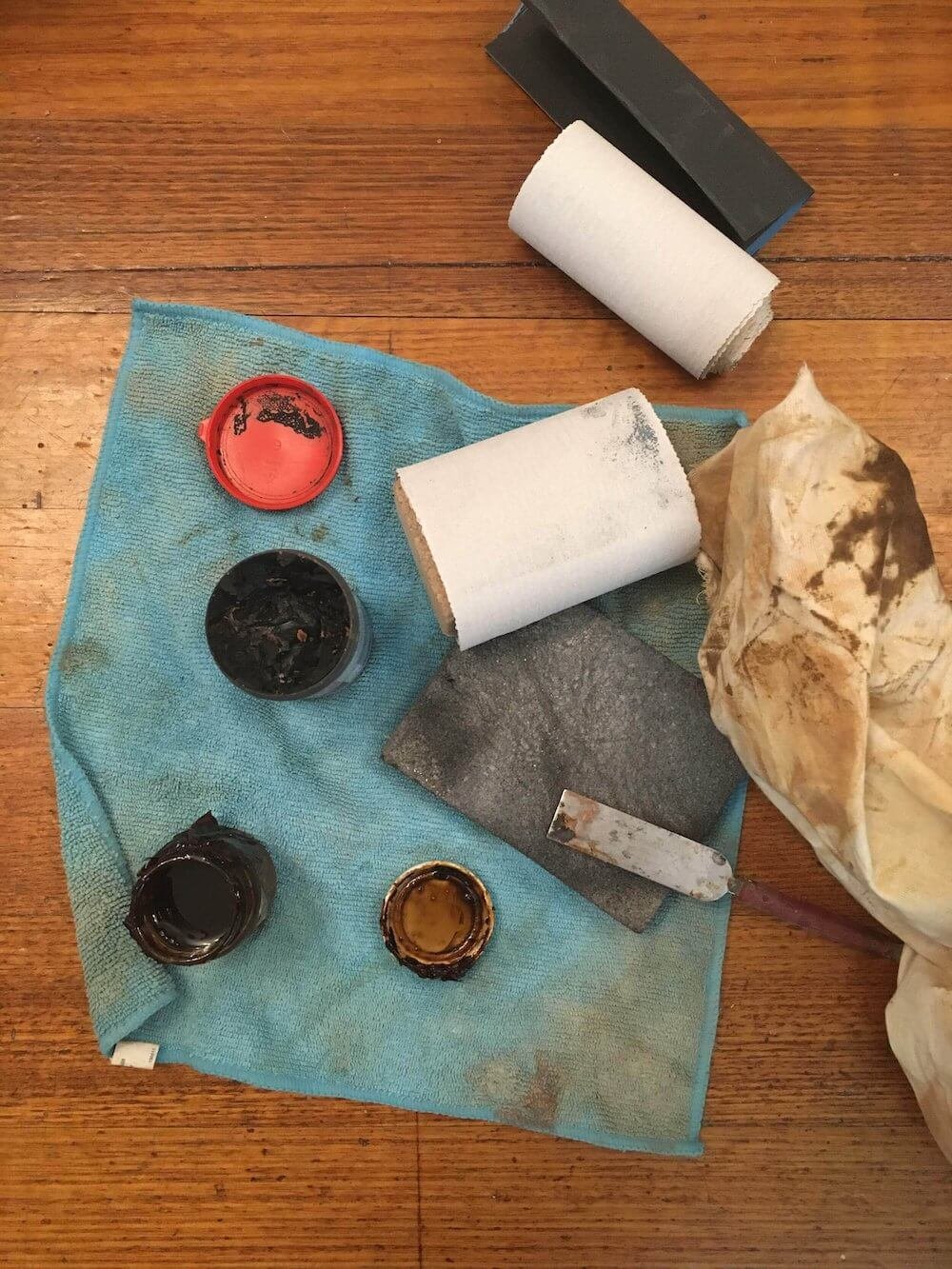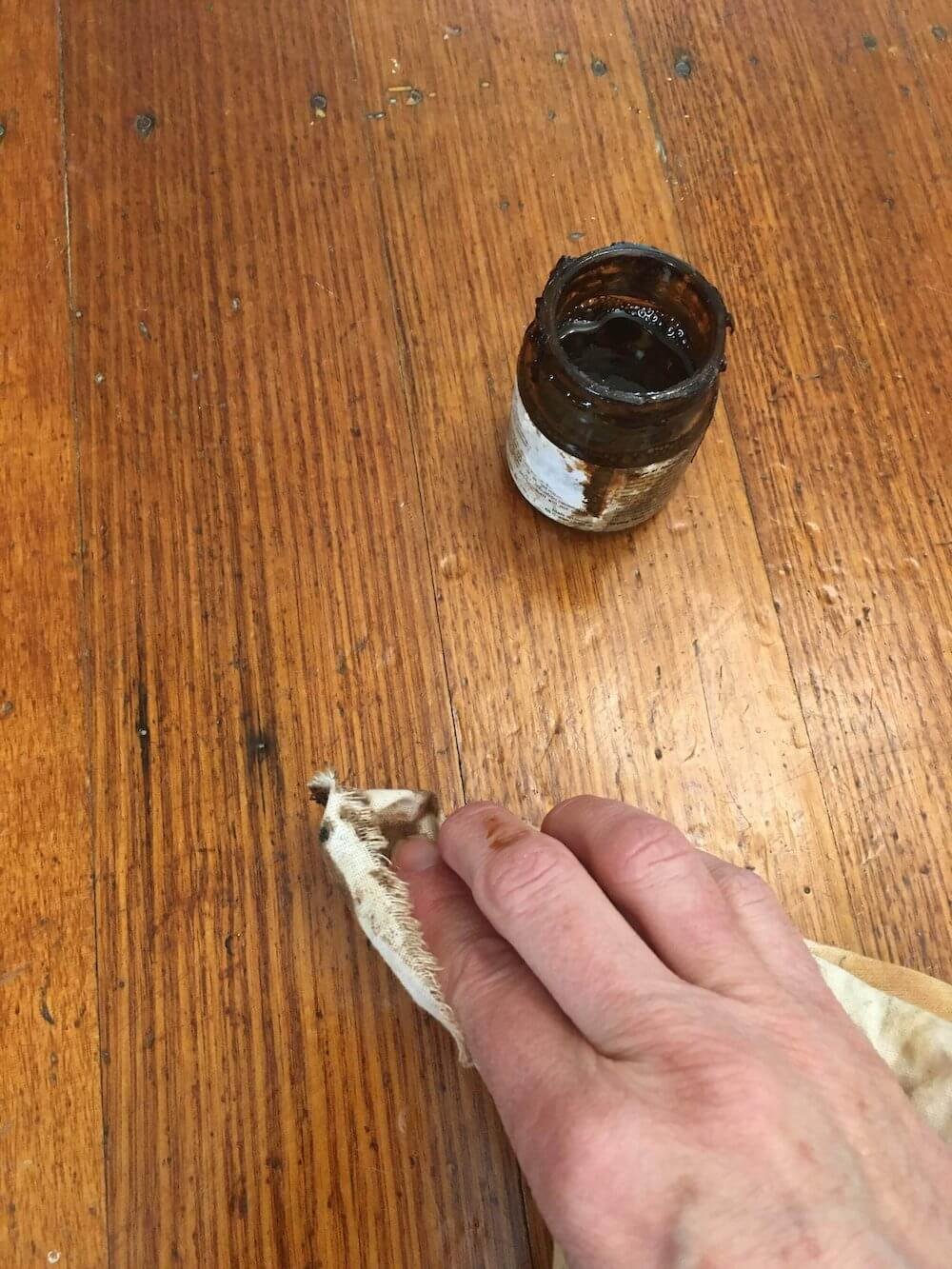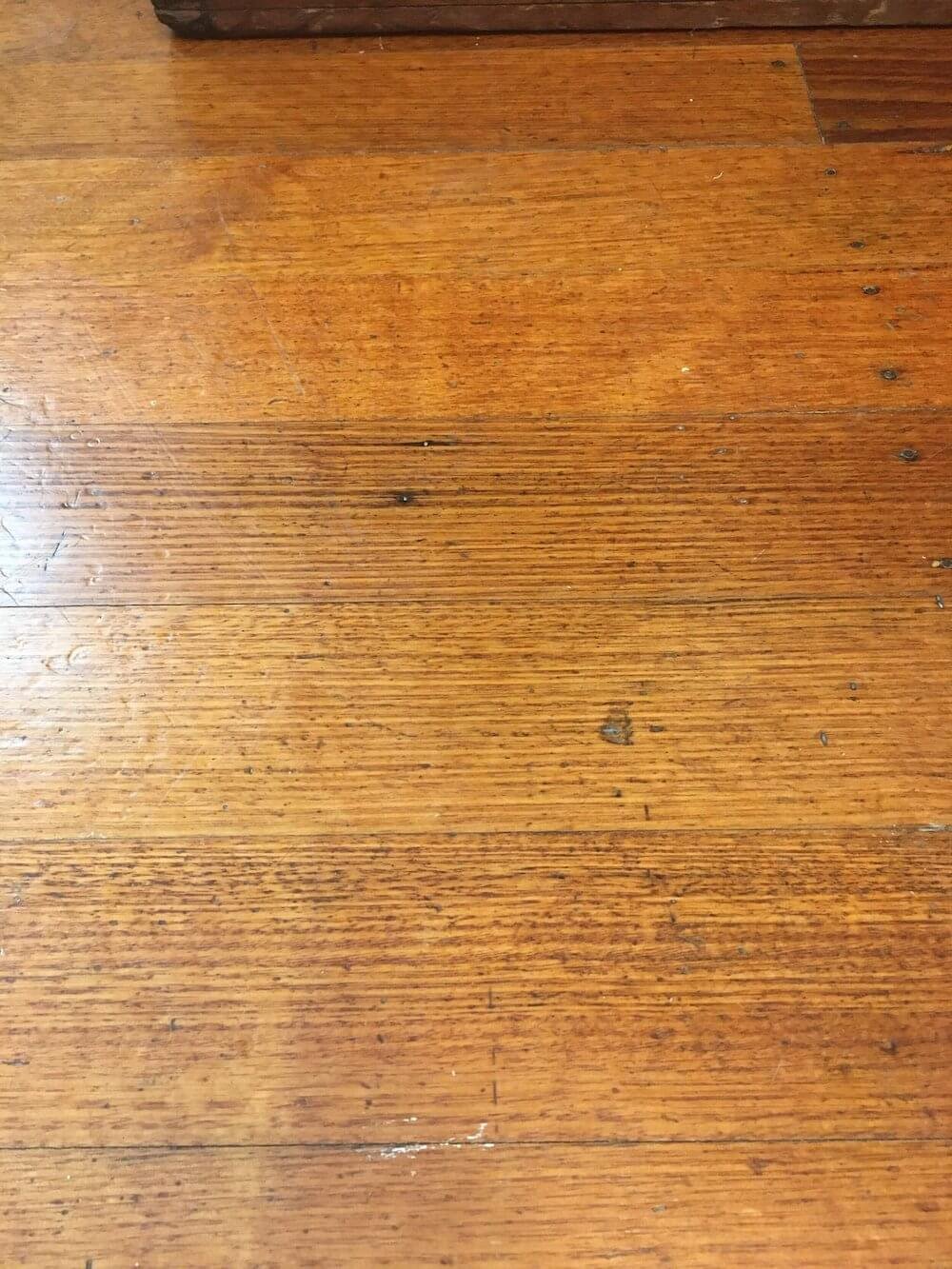Repairing scratches in hard timber floors
Often things happen around the house that aren’t planned, especially, scratches on hard timber floors! When these things happen, rather than freak out, let’s instead think, “how can we fix them?”
Ok, so I am also a furniture designer! However, this mindset is both a positive response to everyday accidents, but also leads to great rewards: ‘fixing things’ does mean hands-on challenges, which may require a little extra time, but usually equals very rewarding results!
Not only is working with hard timbers enjoyable, but sharing ideas and tips is what I do everyday as a designer.
Recently some friends were keen to understand “how I fixed a scratched floor” after my painter accidentally scratched one … here is my checklist …
Where to start?
Take photos of scratched floor and timbers surround. This seems obvious but photo is helpful at the hardware store when checking timber colour fillers!
Visit Bunnings (or another hardware store)- buy timber fillers- a scraper/putty knife- sand paper in different grits
There are many timber fillers to choose from. I use Timber Mate water-based Woodfiller as it has good colour selections and are easy to use. Link: http://www.timbermate.com.au/timbermate.html As my scratched floor was a mix of various timbers, I needed various colours. I chose Walnut / Brushbox & Jarrah. For dark timbers, or grainy timbers, I always include Ebony (black) to add as an extra touch for knots or grains.
Depending on the finish on the floor, oil or water based, will determine which sandpaper grit to start with. I usually start with extra fine grits like P400, on water based finished floors, for small scratches. As a scratch, it’s not an entire floor being cleaned up, only a section.
The Finish, or sealing the timber.
I use Livos Kunos Oil Sealer, https://www.livos.com.au
It’s an environmentally friendly product, made of natural linseed. It’s a gloss finish, smells great and is easy to use with a rag or cloth. In the eastern suburbs of Melbourne, you can buy Livos from ‘Northcote Enviro Shop, 253 High St, Northcote ‘, and various stockists throughout Victoria.There are other environmentally friendly products many local manufacturers use , two popular - Osmo and Bona. Osmo is a wax oil, very easy to apply with a small roller and is a Matt finish. Bona I’ve never used, but have heard good reports about it.
https://www.osmoaustralia.com.au
https://www.bona.com.au
Whatever you choose, consider your floor and the current finish. As these finishes are made up of natural products, I’ve never had any reaction to other oils, stains or varnishes. However, ensure you do your research.
Application (all about layering)
Clean floor area where scratches are. Remove all traces of dust and grime.
Add timber filler to scratches with your putty knife. This can be done in any colour, follow the timber and grain and gently push into scratches. I use the consistency straight from the container, however the label does mention to add water if contents are too thick & hard.
Let it dry a little and gently sand off excess. *This will mean the floor polish will come off, so keep sanding close to scratched area. Leave for couple of hours to settle.
Sand back any further excess that was left over filler or around scratches. Wipe away dust and assess whether scratches need more filling in missed holes. If needing more, repeat 2-4. If all good, continue…
Shake Livos can, dip in rag and rub over sanded timber filled area. Be liberal if timber absorbs oil quickly. Rub in, or polish off excess oil. I leave first coat overnight, then apply another coat the following day. However, Livos say you can re-apply 2 more coats with 15 minute intervals between. The 3rd coat is to be polished in immediately.
I hope this encourages everyone to have a go at that scratched floor with new confidence and know how.
- Jane 🛠-






